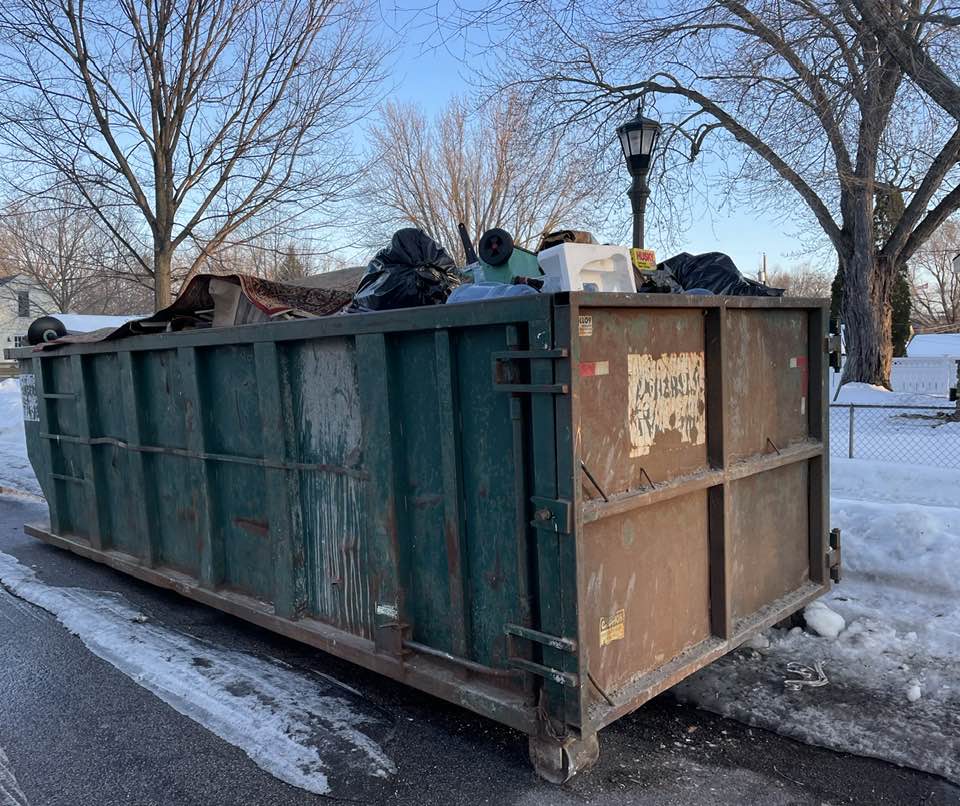MARCH 4, 2023 – We live in an older neighborhood adjacent to even older neighborhoods. Except for times when we’ve been out of town, nearly every day of the past three and half decades I’ve passed by the same old—or renovated—houses on my daily exercise routine. For the most part, these dwellings are tidy and otherwise presentable, reflective of the tidy and otherwise presentable occupants, many of whom I’ve met and chatted with over the years. “How was the skiing, today?” Dan, will ask, as I catch him chopping ice on the sidewalk in front of his house. On summer evenings I often see Dan practicing his golf swing on the Aletsch Glacier of “Little Switzerland.” Or “Good to see you!” says Judy, as she weeds her garden. Her son is getting his PhD in the Classics, and Judy worries about his employability.
The homes range from a few so small there’s insufficient room inside to change your mind . . . to houses of such compelling design and apparent capaciousness, you want to knock on the door and (after apologizing for your weirdness) ask if you could just have a quick peek at the floor plan—all three levels.
But then for the past 15 to 20 years there’s the abandoned and increasingly dilapidated house. How the City of St. Paul has allowed this circumstance to persist for that long must be part of a larger story, especially when you combine the vacancy with other factors: the forced tear-down a decade ago of a large, half-completed garage behind the house; the red, shiny pickup truck— with expired tabs and missing passenger-side window—that sat parked for another eight or nine years on the concrete slab that had been the floor of the torn-down garage; the “whiskey” plates on the truck—plates that tell you, or more specifically, traffic cops, that the vehicle owner is an ex-con, at least according to friends of ours who lived five blocks from the house and knew exactly what house I was talking about when the matter arose in conversation. In recent times, the towering fir tree in front died, while bushes in the backyard grew to the size of trees and critters, I imagined, took up communal residence inside via the growing openings in the eaves.
I was mystified as to why a property in such a location would go unattended for so long. I had a vague recollection that old people had lived there long before I myself became an old person. I speculated that after the couple croaked or relocated to one of the local “homes,” their kids fought like mongooses over their modest inheritance—as always, more a reflection of familial dysfunction (remember the “whiskey” plates) than of greed. One of the heirs, I speculated, stubbornly refused to cooperate in the disposition of the main asset—the house—and the others didn’t want to pay a lawyer to fight it out in court, so there the property sat, unoccupied, with the modest savings of the deceased parents being drained down to nothing to pay the annual real estate taxes. (Although it’s occurred to me many times to look up the tax status of the property, I’ve never followed up.) (Cont.)
(Remember to subscribe to this blog and receive notifications of new posts by email.)
© 2023 by Eric Nilsson

2 Comments
Hi Eric: I’ve also been intrigued by that property. I looked it up at Ramsey County’s property tax site. Here’s a link: https://beacon.schneidercorp.com/application.aspx?AppID=959&LayerID=18852&PageTypeID=4&PageID=8397&Q=1293529805&KeyValue=222923120081
Dave
Dave, I suspected that it was in tax forfeiture, which, in Minnesota pretty much takes for ever and ever before it’s wholly forfeited beyond all redemption. If that’s what happens, though–forfeiture–the buyer probably stands to make a tidy profit on what’s now a wholly untidy property. But I wonder what the back story is. I’m sure someone down at city hall knows. — Eric
Comments are closed.